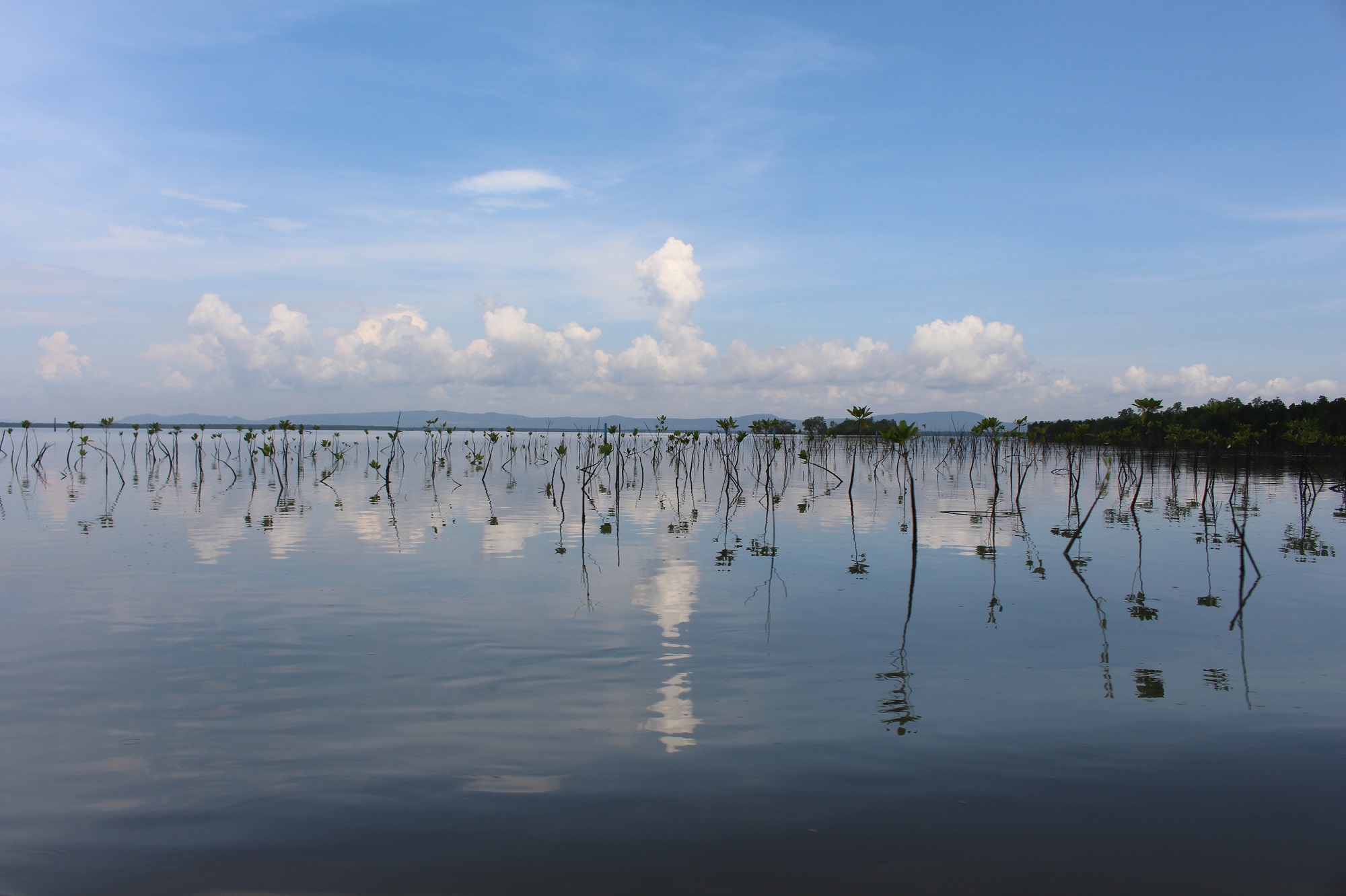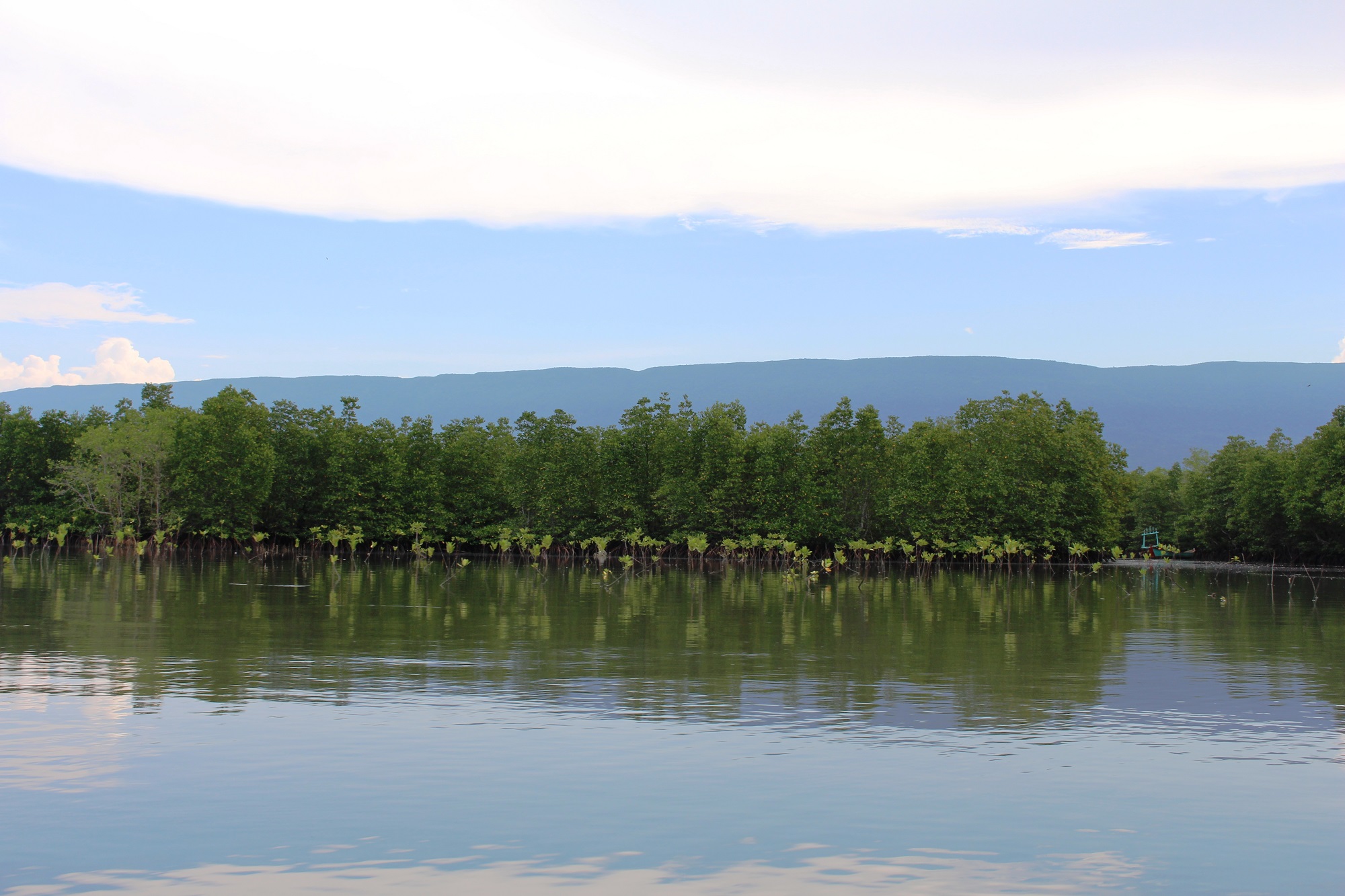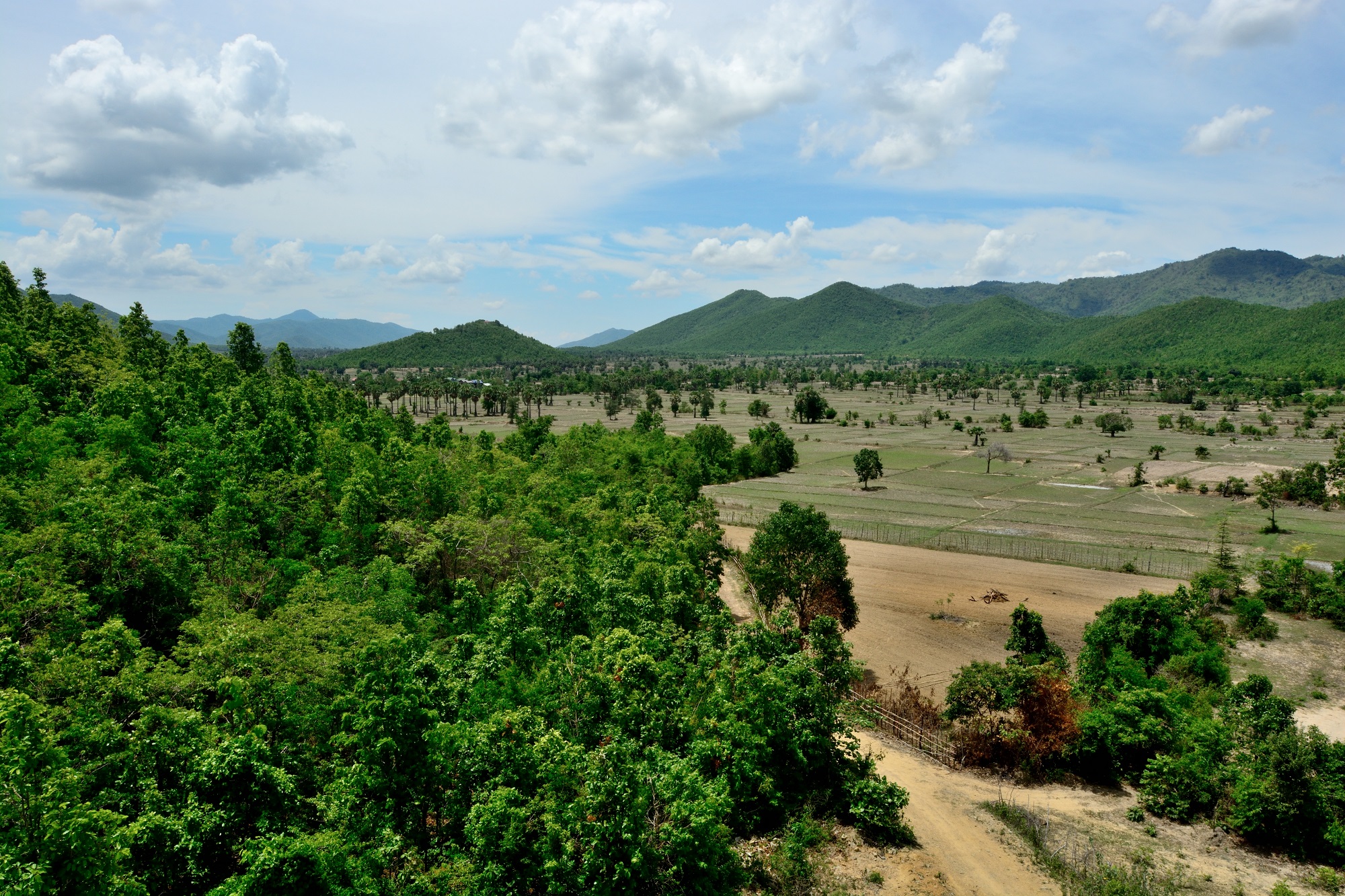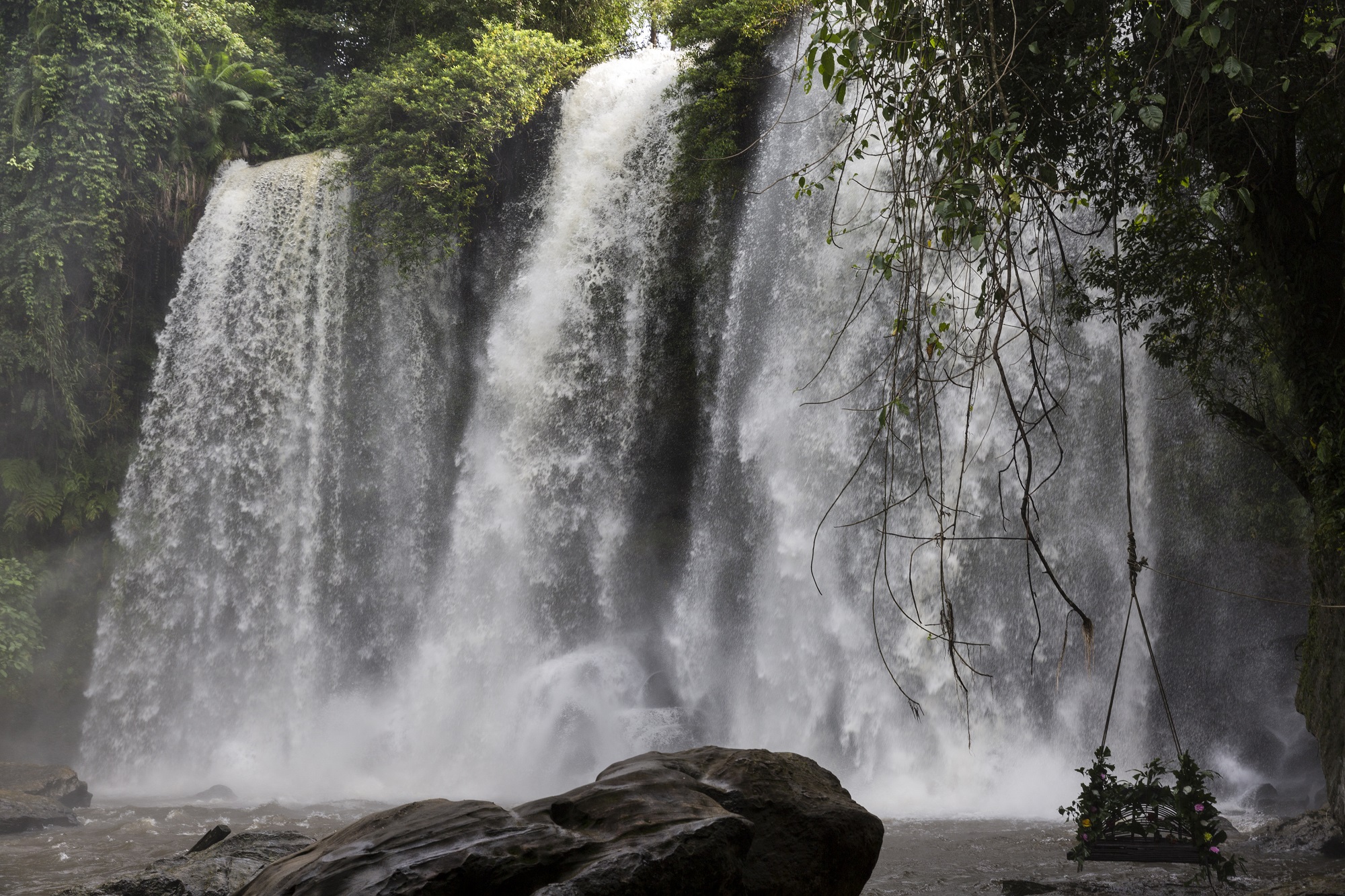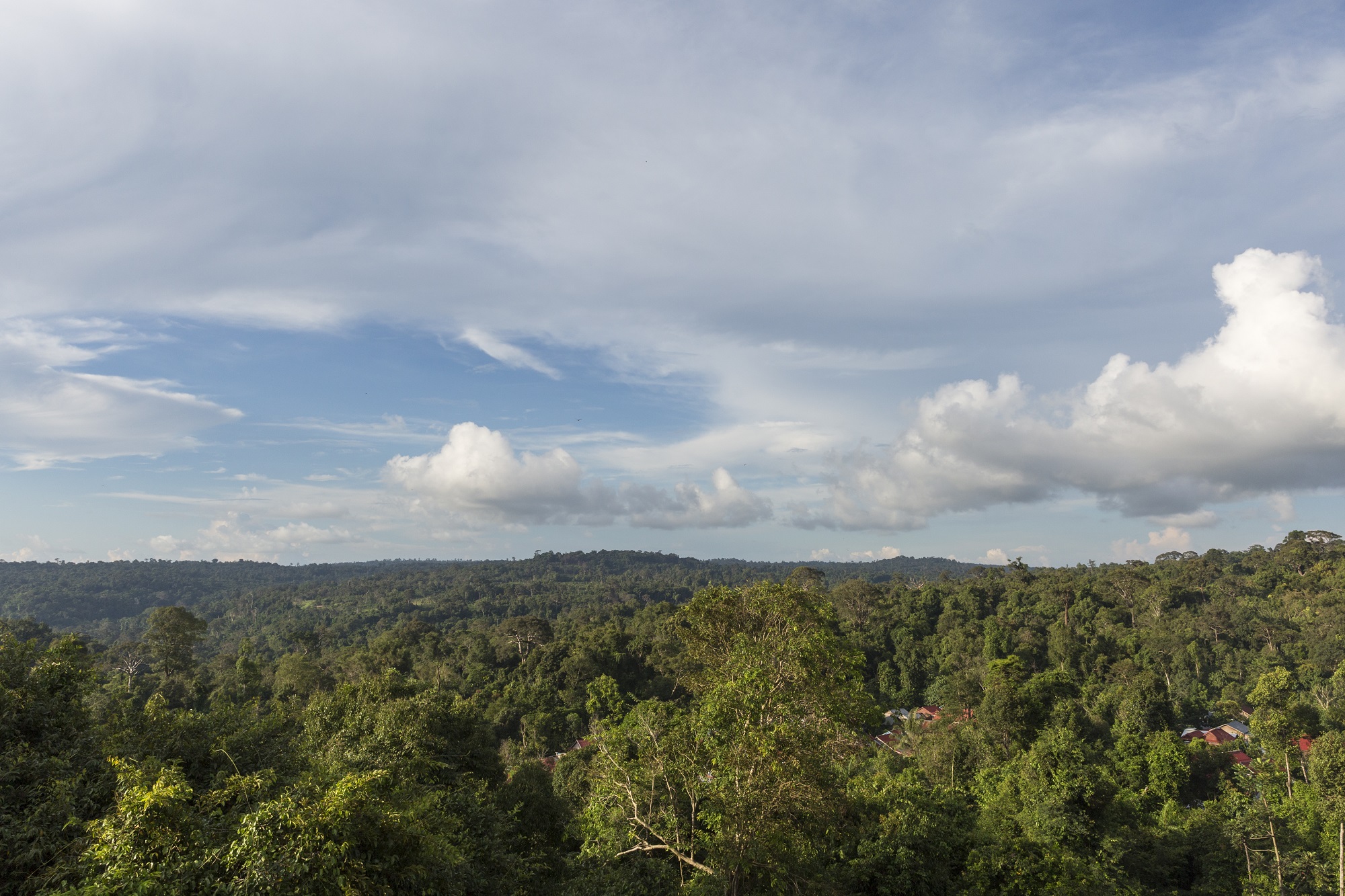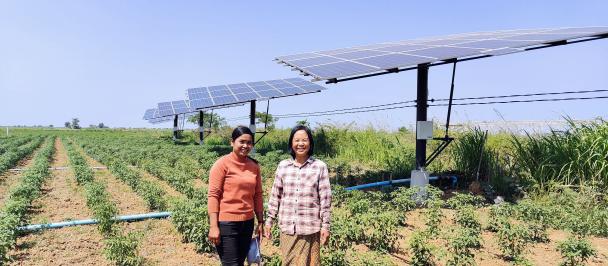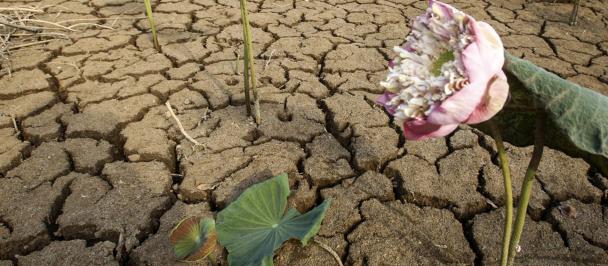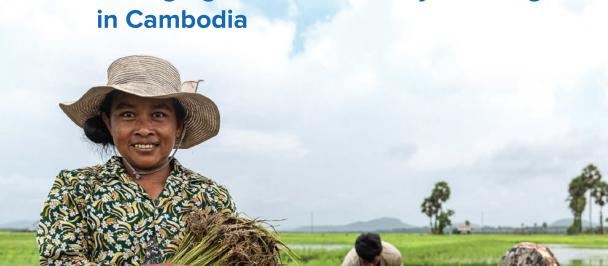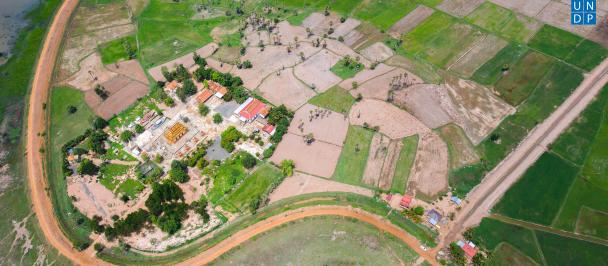Environmental Governance Reform (EGR)
PROJECT BACKGROUND
Cambodia is rapidly transitioning towards middle-income country. The Gross National Income (GNI) per capita is US$ 1,020 (World Bank 2014) with an annual Gross Domestic Product (GDP) growth of 7.4 percent (World Bank 2013). However, Cambodia is ranked 145 out of 178 countries for the Environmental Performance Index with the overall score of 35,44 out of 100 points (Yale Center for Environmental Law and Policy, 2014).
The country economic growth has intensified pressure on natural resources and environment, as is exemplified by the recent forest cover change from 57 % in 2011 to approximately 50% in 2014 (Royal Government of Cambodia - RGC). This has led to heightened concerns among government and development agencies, civil society, and academia about adverse impacts on biodiversity and critical ecosystems, not least in the case of wildlife living in and adjacent to natural resource boundaries. Degradation of natural resources may adversely affect many Cambodians, especially children, elderly and women, who are more vulnerable to the shock and dependent on natural resources for their livelihoods. There are also concerns about the adverse impacts of the use of agriculture chemicals on human health, ecosystems and biodiversity. In urban areas, increasing levels of pollution, waste, and noise have become serious issues, which are exacerbated by the lack of effective environmental regulations and control mechanisms.
Furthermore, accelerating effects of climate change pose another set of environmental challenges for Cambodia. The country is ranked as the 8th most vulnerable country to climate change according to climate change vulnerability index conducted by Maplecroft com (2014), indexed by increasing incidence of droughts, floods, and windstorms, and rising sea levels. Climate change is likely to have damaging effects on agriculture and livestock, thus posing threats for nearly 73 % of the total population who reside in rural areas and are highly dependent on agriculture for their income.
In response to the challenges in environmental management, the Royal Government of Cambodia embarked upon environmental governance reforms in November in 2013 aiming at effectively managing and protecting natural resources necessary for sustainable development. The Environmental Governance Reform for Sustainable Development Project is therefore designed to support the Government to implement this reform agenda.
KEY EXPECTED RESULTS
The overall objective of this project is to assist the RGC to implement environmental governance reforms in order to create an enabling policy and legal environment for conserving and protecting environmental resources at risk and for achieving sustainable development for Cambodia.
The Project focuses on:
1) the modernisation of the Ministry of Environment;
2) the institutional strengthening of the National Council of Sustainable Development (NCSD) to facilitate inter-ministerial political dialogues;
3) the development of legal framework inc. Environment and Natural Resource Code that clarify roles and mandates of different agencies in governing natural resources and environment;
4) the development of Integrated Ecosystem Mapping.
ACHIEVEMENTS
[I] Integrated Ecosystem Mapping:
- Geographic Information System (GIS) Strategy (2018-2020)
- GIS guideline and training manual and tools
- GIS policy paper
- GIS portal
[II] Quick wins:
- Incinerator on Kulen mountain
- Air quality control
- NCSD corridor branding
- CFL/LED technical guideline for state offices and booklet for general public developed
- Environment related research ethic and agenda developed
- Guidelines on sub-national sustainable development structure being finalized
[III] Modernisation and institutional capacity strengthening of Ministry of Environment (MoE) and the National Council for Sustainable Development (NCSD):
[1]. Strategic frameworks developed, including;
a. 25 technical and 7 administrative strategic priorities of MoE
b. 15 technical and 5 administrative strategic priorities of NCSD
[2]. Kulen national park management plan
[3]. Human Resource Management: development of HR management system and performance management tools
[4]. ICT strategy
[5]. Communication strategy and action plan
[6]. Public outreach intensified including through social media and website which was redesigned for better accessibility
[IV] Legal framework:
[1]. Draft Environment and Natural Resources Code (version 11.2)
[2]. Legal training (drafting and interpreting environmental related regulations)
[3]. Cambodian Environmental Legal Network established
For more photos, see our Flickr album

 Locations
Locations